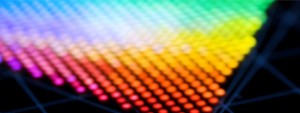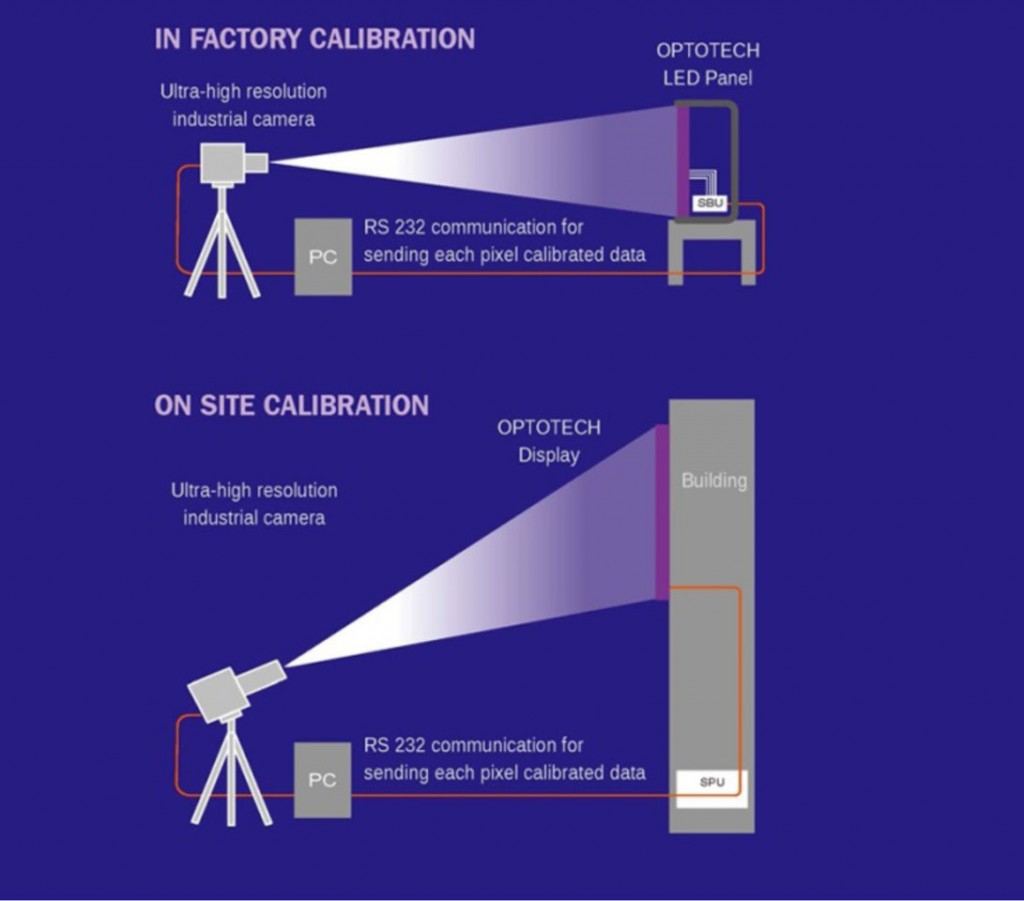
If you are looking for a proven effective way to draw more attention to your business through advertising, consider switching LED screen.
We designed our own system including our screen modules and use only the highest quality components, OPTOSCREEN’s outdoor product range consists of three series covering a wide spectrum of applications which is the B-ONE series for big size screens (500m² and above) or special shape design, tringle, spiral and sphere whereas the T-ONE series covers the mid-size screens (15m² up to 500m²) and follow by the T-TWO series for small size screens (15m² and below) is dedicated to 24/7 operation on advertising applications with an unprecedented image quality.
- UV resistant polycarbonate shell and waterproof module.
- Easy to install with front or rear maintenance mechanism.
- High precision CNC housing design.
- Automotive industry standard coating and rust prevention withstands punishing environment conditions.
- Constant current driving technology setup to reduce heat generation.
- 1%~100% brightness levels adjustment for each R/G/B.
- Built-in self-test pattern for easy maintenance.
- Energy saving technology.
- Power supply is CE, UL, ETL, certificate approved.
- Compliant with the IEC 60529 standards.

LED Chips
The selection of LED chips means everything in the screen business as advertisers pays for what they see.
The LED Chips are surely the most important component when it comes to LED video displays, they determine by the image quality and how it retained over time. The major LED Chips producers are:
- Nichia (Japan) 2. Cree (USA) 3. Epistar (Taiwan) 4. Silan (China)
The prevailing opinion on the market today is that LEDs made by NICHIA are the best for use in LED video displays.
However, they are also undeniably the most expensive LEDs on the market by a wide margin. The price of LEDs varies on average from less than one cent per LED up to 15 cents or more depending on the type of LED (SMD type LED's which is RGB three chips in one housing are often more expensive).
An extensive price difference can arise in manufacturing depending on the LED's used and for OPTOECREEN we use only NICHIA on all our products ”NICHIA is our only choice”

Systems
LED screens have been turning static signs into something more vibrant and unique.
Our OOSi® system software creates dynamic, compelling video messages and scheduling for all OPTOSCREEN’S LED displays simple to use concept, yet offers a robust feature set of user controls. Compatible with all popular video formats such as AVI, MPEG, MP4 and FLV. Our software further offers advanced power management functions that optimize energy efficiency of the display system.
Control Systems
Our OOSi® controllers simplify and enhance the control through easy connectivity, high resolution support and powerful all-in-one adjustment tools that allows for precise control over brightness uniformity and colour accuracy.
With the high quality Nichia LED chips that is very important to reproduce more natural and vivid colours onscreen with our back-end processors and software that provide users a complete control over the content on their screens.

Using contained units of Data Distribution Unit (DDU), Signal Processing Units (SPU), Video Processing Units (VPU) supported by OOSi® software, the main function of our control system is to implement signal operation and data transformation. The process of control system is to transfer data from Play PC to display via fiber optic and then images can be played on the display, In the meantime, the sensor on the display can detect the condition data and then transfer data back to Play PC.
Video Processing Technology
Video processing technology provides a complete digital image product system. Through transforming the input signals to all digitalized image data and output to the display, the technology can fully support a resolution of up to 1920 x 1080 and give a 24 bit full color image. As a result of this technology, OPTOSCREEN has managed to create some space between itself and the competition, and effectively lead the field.
24 Bit Color Depth
With the development of the driving system and gamma correction technology, we successfully diminish the flickering and interference in the lower scale of brightness and lightness. 24 bit from OPTOSCREEN is able to demonstrate more than 280 trillion colors grey scales on red, green and blue. Brightness varies from 0.08nit, 0.16nit, 0.24nit, 0.32nit. In addition, the 24 bit grey scale smoothly enhances the dim pixel image and enhances the picture quality of the display.

Screen
A great screen you can see is the brightness, color uniformity and awesome picture quality that is the values and ethics embedded in our culture.
LED Color Calibration
IN FACTORY CALIBRATION
In general, as a result of the LED's wide range of brightness and color, the general filtering and selection procedure cannot fully unify the LEDs brightness and color onto a display. OPTOSCREEN, however, has managed to bypass this challenge by developing the chromaticity measurement and correction system.
This system can adjust every unit of the LED brightness and Chroma and keep the difference below 5% so as to ensure optimum LED uniformity.

ON SITE CALIBRATION
Why on-site color calibration?
The imbalance in uniform brightness and color shade of display might be caused by the following reasons:
- Not performing factory calibration of each module during the manufacturing process.
- The maintaining, reworking or repairing of display.
- LED will be polluted or decayed by environmental condition or time.
The effect of calibration
Each LED pixel’s value can be adjusted in uniform brightness and color shade.
Improves the uniformity in color shade and brightness of whole display.
Retains the quality of display on uniform brightness and color shade over time.


